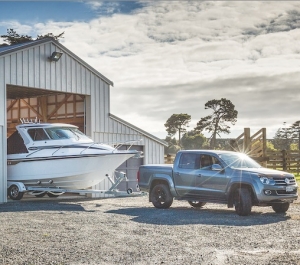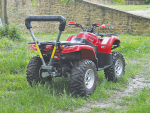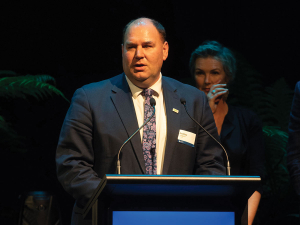Before heading off with a trailer or caravan in tow, first check the towbar to ensure all bolts attaching it to the vehicle are tight, there is no corrosion present or cracking in the welds or structure and that the towball itself is secured properly to the tongue, says towbar maker Best Bars.
“Even though a towbar may look OK, all may not be right. Some towbars are made from inferior steel which doesn’t meet the vehicle manufacturer’s guidelines.
“If a new towbar is required, ensure it has been designed to NZ Standard 5467:1993 and carries a metal tamper-proof label to identify it. Cheap imported towbars or those available online may use inferior parts and/or be poorly designed.
“Make sure the towball is correctly matched to the trailer or caravan coupling – there are two main sizes of towball used in New Zealand (1 7/8-inch and 50mm).”
A safety chain must be used between the towing vehicle and lighter trailer/caravan; double chains are required if the weight of the towed load exceeds 2000kg.
When packing a caravan, trailer or boat, ensure the load on the towball tongue does not exceed the recommended tongue weight (stated on the label). Too much weight may cause stability problems and put undue load on the towbar and connection to the vehicle chassis.
Incorrect loading leading to trailer ‘snaking’ or swaying in motion indicates load imbalance. A load leveller that fits onto the drawbar of the trailer and connects to the towbar on the towing vehicle can help to redress the imbalance through redistributing the load, so the weight is transferred further forward.
www.bestbars.co.nz


















